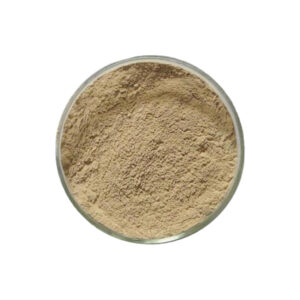Chlorogenic acid
-Plant extracts
1. Natural Source;
2. Easy to process and store;
3. High quality.
Share the product
Product information

CAS:327-97-9
Specifications: 98%
Assay Method: HPLC
Herb Sourse: Eucommia ulmoides, honeysuckle plants honeysuckle
Molecular Weight & Molecular Formula: C16H18O9?354.32
Melting Point & Solubility: Soluble in water, soluble in ethanol, acetone, slightly soluble in ethyl acetate.
Brief: Needle crystal
Pharmacology: Chlorogenic acid has antioxidant, antitumor, antibacterial, antiviral, anti-mutagenic, gallbladder, bleeding, immune regulation, blood glucose and the role of central stimulants and other.
Testing Items Standard: Requirements Testing Result
Color and Appearance: Yellow liquid Qualified
Scent Characteristic: aroma of fresh lemon rind. Qualified
Relative Density(20/20°C) :0.849 — 0. 858
Optical Rotation (20°C): +60° — +68°
Refractive Index (20°C) :1.4740 — 1.4770
Arsenic Content (mg/kg): ≤3
Heavy Mental (mg/kg): ≤10
Acid Value: ≤3.0
Ingredients Content after the evaporation: ≤4.0%
Main Ingredients Content: Limonene 80% — 90%
Detailed Description
Chlorogenic acid is a phenolic compound widely found in plants. Its chemical name is 3-O-caffeoylquinic acid and its molecular formula is \(C_{16}H_{18}O_9\). It usually exists in the form of white to light brown needle-shaped crystals or powder and is easily soluble in polar solvents such as water and ethanol. Chlorogenic acid is found in high levels in many plants, such as honeysuckle, eucommia, coffee, cocoa, etc. Among them, honeysuckle is one of the main plant sources of chlorogenic acid.
Functions
Acerola has one of the highest contents of vitamin C per gram of fruit. Acerola fruit is high in vitamin C. Usually around 1500 mg of vitamin C are found it 100G of Aceola fruit. Its polyphenolic compounds and high vitamin C amounts provide excellent immune system support


